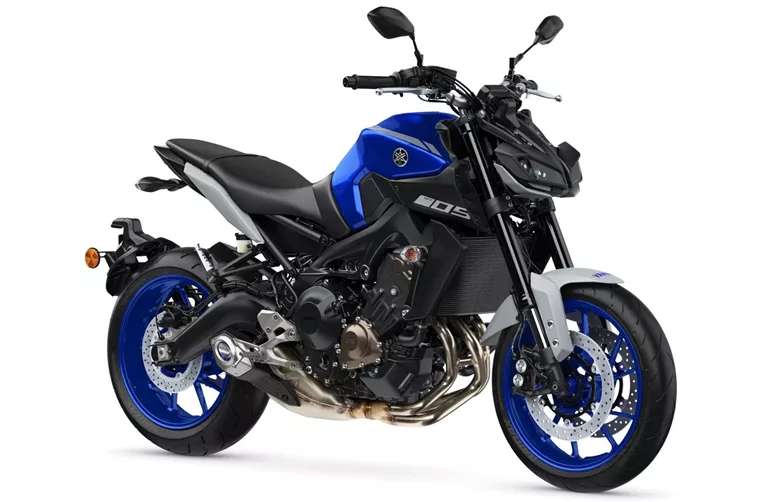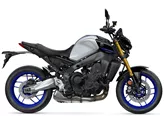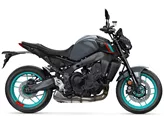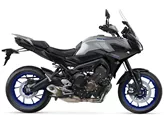Yamaha MT-09 2020 vs. Yamaha R1 2019
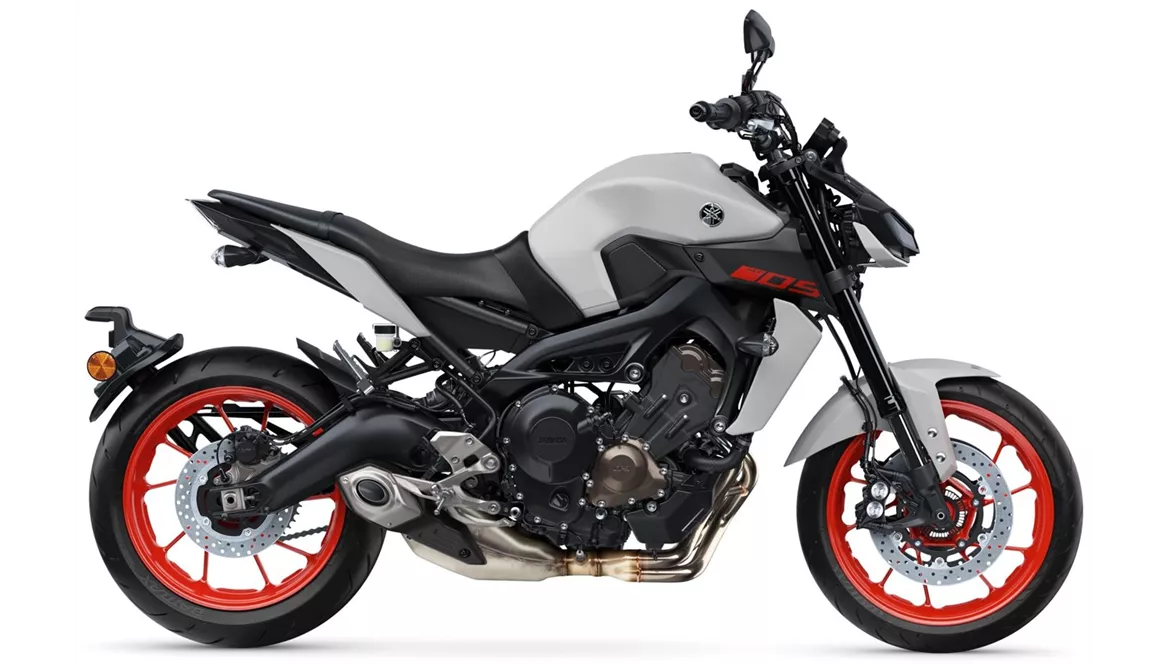
Yamaha MT-09 2020

Yamaha R1 2019
Overview - Yamaha MT-09 2020 vs Yamaha R1 2019
The Yamaha MT-09 2020 and the Yamaha R1 2019 are both impressive motorcycles, but they have distinct differences in terms of their technical specifications and strengths.
Starting with the Yamaha MT-09 2020, it is a naked bike with a 847cc engine that produces 115 horsepower and 87.5 Nm of torque. The engine has a bore of 78 mm and a stroke of 59.1 mm, with a compression ratio of 11.5. It features a 3-cylinder DOHC engine with 4 valves per cylinder. The bike has a liquid cooling system and a displacement of 847cc.
In terms of suspension, the Yamaha MT-09 2020 is equipped with an upside-down telescopic fork at the front. The frame is made of aluminum and has a twin tube design. The front brakes are double disk type, and the bike has advanced rider assistance systems such as ABS, quickshifter, and traction control. The front tire width is 120 mm, with a diameter of 17 inches, while the rear tire width is 180 mm, also with a diameter of 17 inches. The wheelbase is 1440 mm, and the seat height is 815 mm. The bike has a curb weight of 193 kg and a fuel tank capacity of 14 liters.
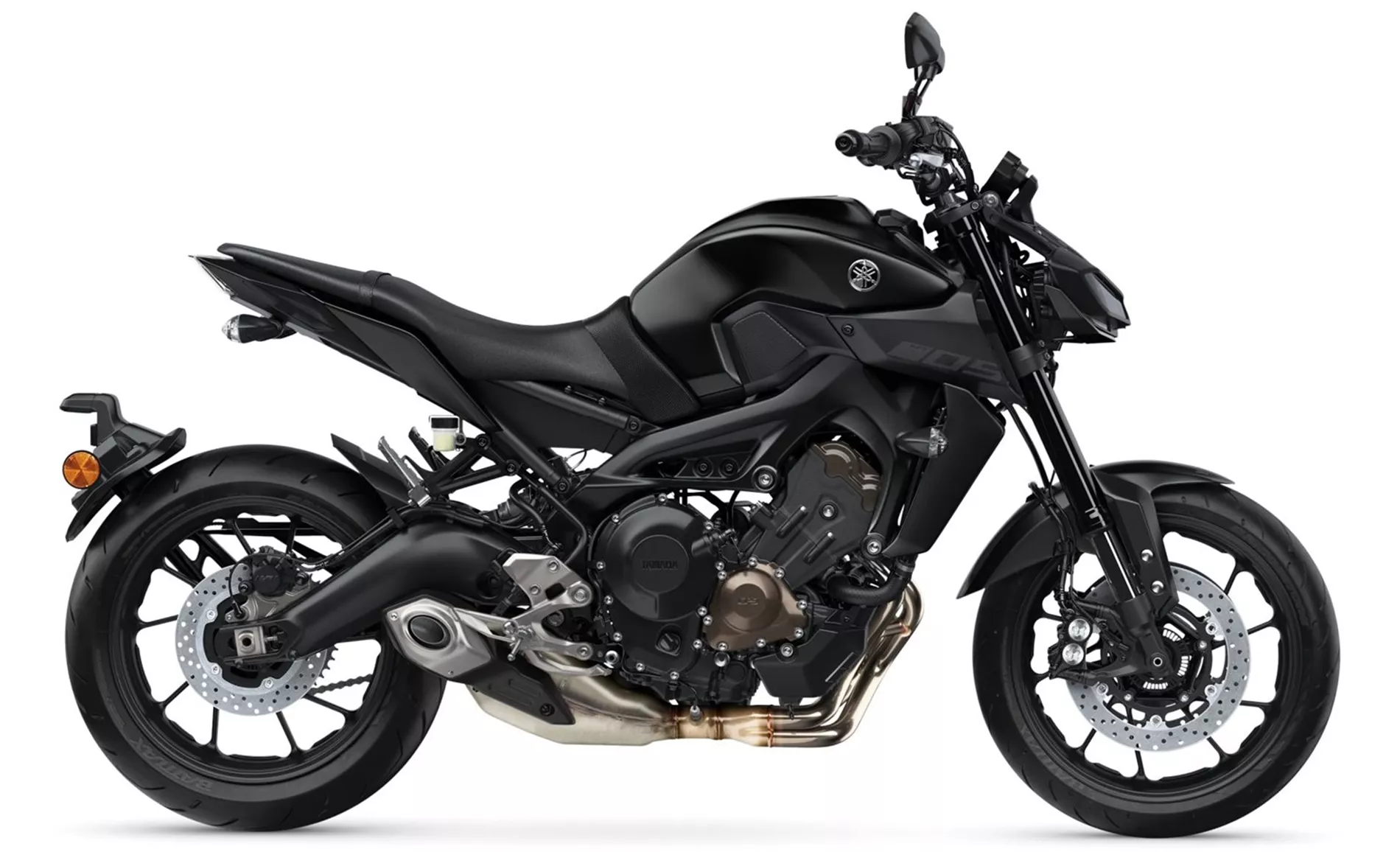
Yamaha MT-09 2020
On the other hand, the Yamaha R1 2019 is a supersport bike with a 998cc engine that produces an impressive 200 horsepower and 112.4 Nm of torque. The engine has a bore of 79 mm and a stroke of 50.9 mm, with a compression ratio of 13. Like the MT-09, it features a 4-cylinder DOHC engine with 4 valves per cylinder. The bike also has a liquid cooling system and a displacement of 998cc.
In terms of suspension, the Yamaha R1 2019 is equipped with an upside-down telescopic fork at the front. The frame is made of aluminum and has a Deltabox design. The front brakes are double disk type, and the bike has advanced rider assistance systems such as launch control and traction control. The front tire width is 120 mm, with a diameter of 17 inches, while the rear tire width is 190 mm, also with a diameter of 17 inches. The wheelbase is 1405 mm, and the seat height is 855 mm. The bike has a curb weight of 199 kg and a fuel tank capacity of 17 liters.
In terms of strengths, the Yamaha MT-09 2020 has a powerful engine with plenty of torque, providing a thrilling riding experience. It also has fine control of traction control, allowing the rider to have better control over the bike. On the other hand, the Yamaha R1 2019 also has a powerful engine with clean response, making it a very fast track bike. Its perfectly tuned electronics further enhance its performance.

Yamaha R1 2019
However, both bikes have their weaknesses. The Yamaha MT-09 2020 lacks a blipper function, which can be inconvenient for riders who prefer downshifting without using the clutch. The high handlebars of the MT-09 give little feedback to the rider, which may affect the overall riding experience. Additionally, the throttle response of the MT-09 can be rough, which may require some adjustment from the rider. The early-regulating ABS system of the MT-09 may also be a disadvantage for some riders.
On the other hand, the Yamaha R1 2019 has an ABS system that is not 100 percent satisfactory, which may be a concern for some riders who prioritize safety.
In conclusion, the Yamaha MT-09 2020 and the Yamaha R1 2019 are both powerful motorcycles with their own strengths and weaknesses. The MT-09 offers a thrilling riding experience with its powerful engine and fine control of traction control, while the R1 provides a fast and responsive track bike experience with its powerful engine and perfectly tuned electronics. However, the MT-09 lacks certain features like a blipper function and has a rough throttle response, while the R1 has an ABS system that may not be completely satisfactory. Ultimately, the choice between these two bikes depends on the rider's preferences and priorities.
Technical Specifications Yamaha MT-09 2020 compared to Yamaha R1 2019
Pros and Cons in comparison
Pros and Cons in comparison
Yamaha MT-09 2020
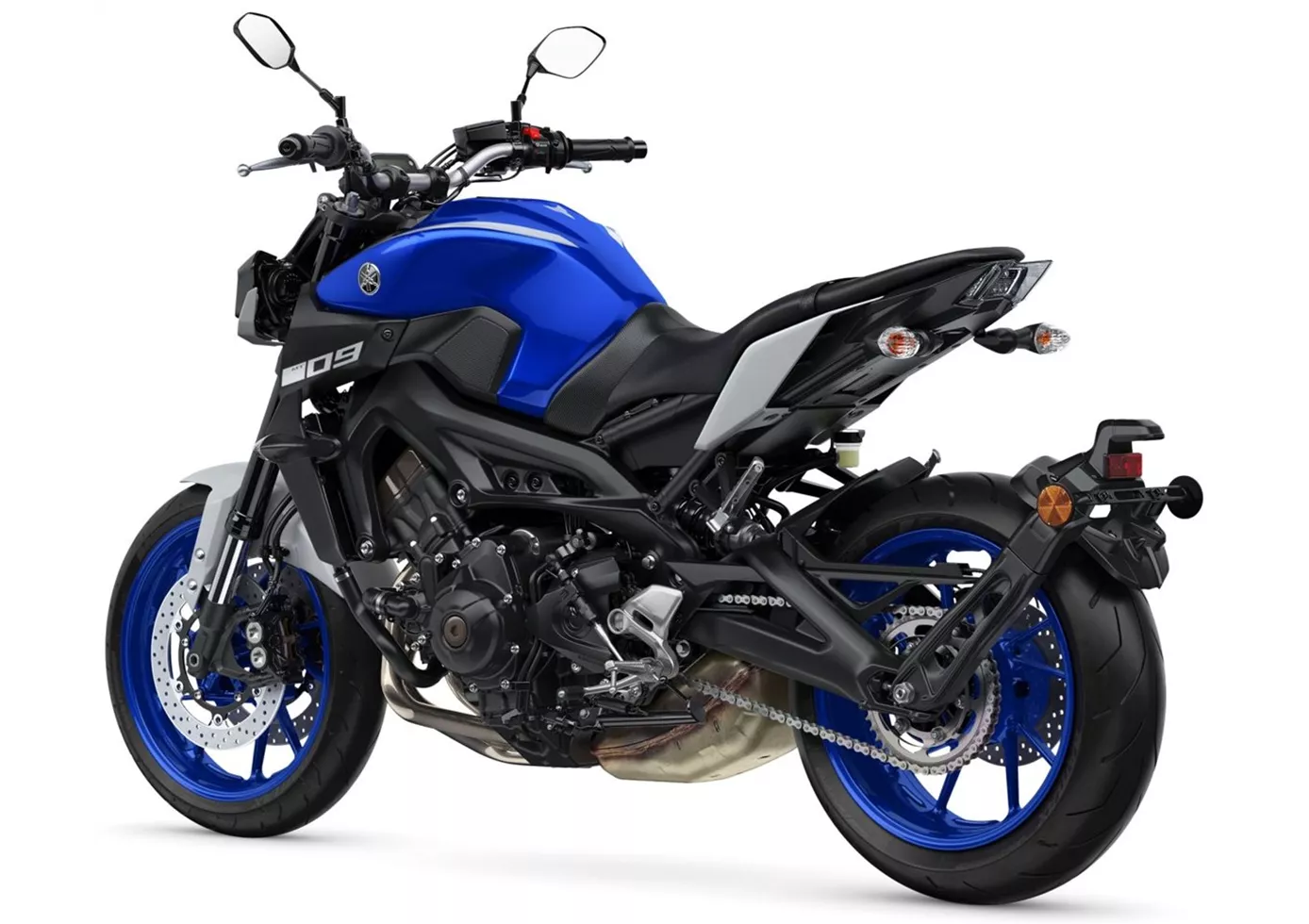
Riding fast is possible, but exhausting. The high handlebars are counterproductive on the race track and require a lot of physical effort. The MT-09 can't keep up with the Street Triple R, even with WP suspension.
Yamaha R1 2019

The 2020 R1 model - already available from September - is an evolutionary step that will benefit both the trackday racer and the Yamaha SBK team. The amateur is most likely to benefit from the truly perfect electronics and will also appreciate a little extra power.
Price Comparison Avarage Market Price Yamaha MT-09 vs Yamaha R1
There are a few key differences between a Yamaha MT-09 2020 and a Yamaha R1 2019. There are the same number of bikes of both models available on the 1000PS.de marketplace, specifically 8. It takes less time to sell a Yamaha MT-09 with 110 days compared to 112 days for a Yamaha R1. Since model year 2013 1000PS.de editors have written 57 reviews for the Yamaha MT-09 and 80 reviews for the Yamaha R1 since model year 2005. The first review for the Yamaha MT-09 was published on 10/06/2013 and now has more than 39,900 views. This compares to more than 3,900 views for the first review on Yamaha R1 published on 28/04/2003.
